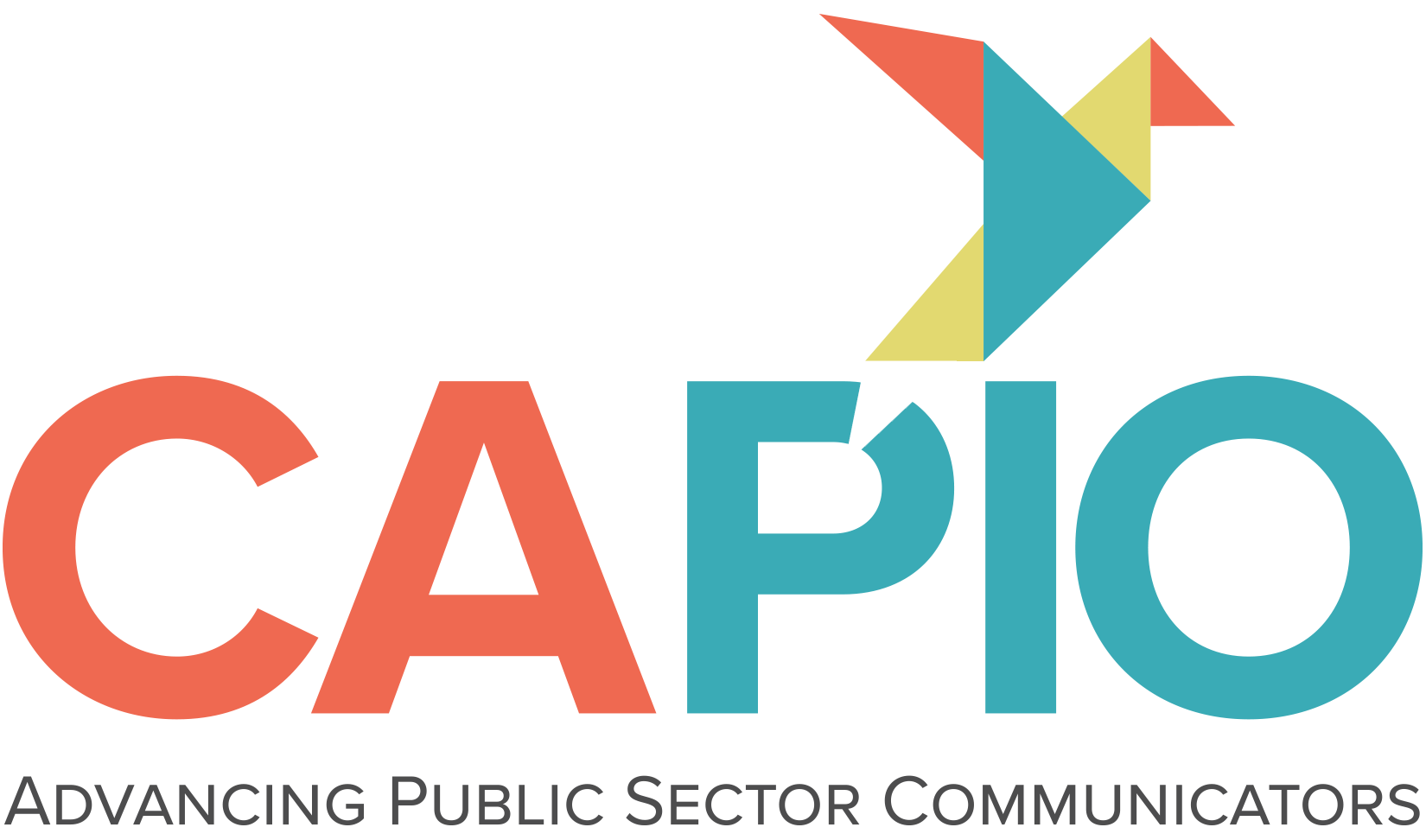Infrastructure Dollars Coming Soon
The $1T Bipartisan Infrastructure Investment & Jobs Act passed in November 2021 is an infrastructure bill that includes funding for everything from roads, railways, ports and bridges to broadband internet, accessibility and water quality. That’s pretty far reaching.
You’ve probably given a lot of thought to projects in your community that are ready to move forward with this new funding, but have you thought about how you’ll communicate the benefits and impacts of these projects? Here are a few things to think about.
Know whether to engage
Knowing whether you should communicate broadly about a project
can be tricky. Ask yourself if your project or initiative will
impact any of the following areas:
- Noise, lights, traffic, dust, lane or road closures, parking
- Environment (habitat or species)
- Businesses
- Community charm or character
- Community look/feel
- Culture or history
- Property values
- Money (taxes, fees, etc.)
- Equity or access
If the answer is yes, then it is time to activate your outreach plans.
Start with a strategy
Resist the temptation to just start talking about your project
and instead craft an outreach strategy first. Consider the
following:
- #goals: What do you hope your outreach will achieve? Are your goals short- or long-term?
- Purpose: Why are you doing this? What’s the problem you are trying to solve? What’s the community benefit? How do you define the public service?
- Connection to bigger picture: Does this align with community values or strategic initiatives?
- Scope: What’s included? And what’s not? What are the benefits? What are the constraints?
- Timeline: When will it begin? When will it end? Why?
- Background: How and why did this project come to be? Was the public consulted earlier?
- Status: Where are we in the process? What decisions have already been made? Have key approvals be made? If so, by whom and when?
- Budget: What are the funding sources — local, state, federal? Are there any sensitivities around this?
- Messages: What do we want people to know about this project? What do we want people to do?
- Public participation: What’s on the table for input/discussion — and what’s not? When do we engage the community at those decision points? Is that required? What level of engagement is needed? Will we inform the community about the project or just consult with them? Use the IAP2 Spectrum to determine the level of participation.
Stakeholder engagement mapping exercise
At JPW, we conduct a stakeholder engagement mapping exercise with
each outreach project to aid in the identification of who will be
affected by the project and how they get their information.
- Who are the primary stakeholders? These are the folks that will be most affected the project. Example: This could be neighbors or businesses that live within the project area.
- Who are the secondary stakeholders? These are the people that will be indirectly impacted by the project. Example: This could be a business association who represents businesses in the community where the project is located.
- Who are the tertiary stakeholders? These are stakeholders that aren’t directly related to the project but have an ability to influence decisions. Example: This could be a state or federal elected official representing constituents in the project area.
Typically, certain barriers exist when it comes to engaging all audiences in a project area: culture, digital literacy, language, internet access or just general disinterest in engaging with your organization. JPW has been successful in overcoming these barriers by leveraging partnerships with community-based and non-government organizations who have been successful at engaging these audiences and have their trust.
Choosing outreach tools and tactics
Now it’s time to select the right tools and tactics to reach
those audiences AND achieve our plan goals. At JPW, we use the
PESO model to
make sure no stone is left unturned. When selecting tools and
tactics, consider your staffing and your budget.
Finalize the outreach strategy
You’ve done the heavy lifting and now it’s time to pull all the
information into a more formal outreach plan. We recommend
including an implementation timeline with key milestones and
clear roles and responsibilities for the tasks included in the
plan.
Need help?
If you’re wondering how you’ll manage one more outreach project
with your already full plate of priorities, we get it – and we’re
here for you. We’ve developed an
interactive worksheet that’s designed as a resource to guide
you and your colleagues through a consistent process to
developing an outreach strategy for each project or initiative.
This is a process we developed while working in-house as public
sector communicators, so we can say with confidence that it’s
effective.
Reach out with any questions you have about the worksheet or if you’d like to discuss a challenging project you know is coming. JPW has a strong history of managing communications and outreach for a number of high-profile, legacy capital improvements projects in California. We’d love to help.
Susanne Bankhead, susanne@jpwcomm.com
Read other helpful insights on the JPW blog.

